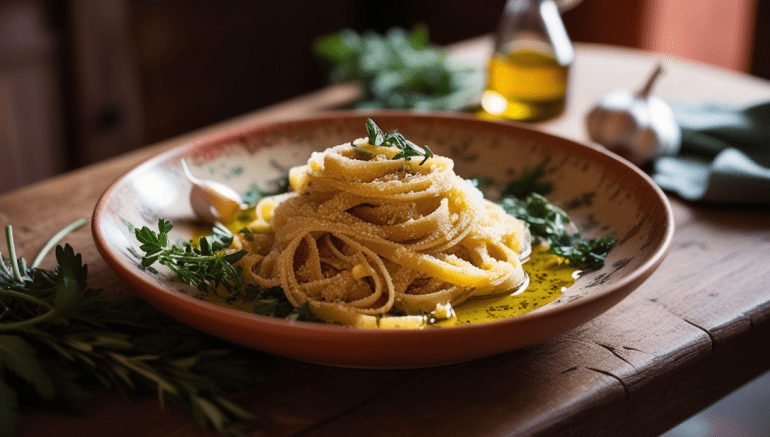No, semolina is not gluten-free. Semolina is made from durum wheat, which contains gluten, a type of protein found in wheat, barley, and rye. Therefore, individuals with celiac disease or gluten intolerance should avoid semolina.
Why Is Semolina Not Gluten-Free?
- Source: Semolina is derived from durum wheat, which is specifically known for its high gluten content. About 80% of the protein in wheat is gluten, making semolina unsuitable for those with gluten sensitivities.
- Culinary Uses: Semolina is commonly used in various dishes such as pasta, couscous, and certain baked goods, all of which rely on its gluten content for texture and structure.
Gluten-Free Alternatives to Semolina
For those needing gluten-free options, several alternatives can be used in recipes that typically call for semolina:
- Almond Flour: A nut-based flour that works well in baked goods.
- Coconut Flour: Absorbs moisture and is great for thickening.
- Rice Flour: A versatile option for baking and cooking.
- Chickpea Flour (Besan): Suitable for savory dishes.
- Cornmeal: Can be used for similar textures in some recipes.
What Are Some Gluten-Free Alternatives to Semolina?
If you’re looking for gluten-free alternatives to semolina, consider the following options:
- Almond Flour: Made from ground almonds, it is high in protein and healthy fats.
- Coconut Flour: Absorbs moisture well and is great for baking.
- Rice Flour: A versatile option for various recipes, especially in Asian cuisine.
- Chickpea Flour (Besan): Good for savory dishes and provides a nutty flavor.
- Quinoa Flour: High in protein and can be used in baking or as a thickener.
How Can I Tell If a Food Product Contains Semolina?
To determine if a food product contains semolina:
- Read the Ingredient List: Look for “semolina” or “durum wheat” listed among the ingredients.
- Check Allergen Statements: Some products may indicate the presence of wheat or gluten in allergen warnings.
- Look for Specific Labels: Products that are gluten-free should explicitly state this on the packaging.
Are There Any Health Benefits to Consuming Semolina?
Yes, semolina has several health benefits:
- High in Protein: A 1-cup serving contains about 21 grams of protein, making it a good plant-based protein source.
- Rich in Folate: Semolina provides a significant amount of folate, which is important for cell division and is particularly beneficial during pregnancy.
- Contains Iron: It has non-heme iron, which can be absorbed better when consumed with vitamin C-rich foods.
Can Semolina Cause Any Adverse Reactions in People with Gluten Intolerance?
Yes, semolina can cause adverse reactions in individuals with gluten intolerance or celiac disease. Symptoms may include:
- Gastrointestinal issues such as bloating, diarrhea, or stomach pain.
- Fatigue and headaches.
- Skin reactions like rashes or dermatitis herpetiformis.
Even small amounts of gluten can trigger these reactions in sensitive individuals.
How Does Semolina Compare Nutritionally to Other Types of Flour?
Nutritionally, semolina differs from other types of flour as follows:
- Calories: A 1-cup serving of semolina has about 601 calories.
- Protein: It contains a higher protein content compared to many other flours (e.g., all-purpose flour has about 11-12 grams).
- Fiber: Semolina provides around 6.5 grams of dietary fiber per cup, which is comparable to whole wheat flour but lower than some gluten-free options like coconut flour.
- Vitamins and Minerals: Semolina is rich in folate and iron but lacks some nutrients found in whole grain flours.

Semolina is not gluten-free due to its derivation from durum wheat, which contains gluten. Individuals with gluten sensitivities or celiac disease should seek out gluten-free alternatives when cooking or baking.












